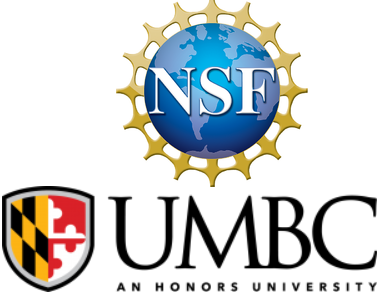
SpecEES:
Collaborative Research:
A Spectrum-Efficient and Secure Communication Architecture for Smart Cities
NSF CNS-1824491
1. We leveraged the unique physical-layer
features among heterogeneous wireless
communication technologies for parallel and
concurrent communication to significantly
improve spectrum efficiency in the unlicensed
band. We use the coexistence of three popular
and representative IoT techniques (i.e., WiFi,
Bluetooth, and ZigBee) as an example to
illustrate our proposed research ideas. The
proposed techniques have the potential to
improve the spectrum efficiency in other
frequency bands where heterogeneous wireless
communication technologies coexist.
2. We developed physical-layer authentication
techniques, in which each IoT device
superimposes some unforgeable information onto
physical-layer signals for the IoT gateway to
detect and verify before demodulating and
decoding the signals. Working for both uplink
and downlink transmissions, our techniques can
dramatically improve the resilience of the IoT
system to illegitimate traffic.
3. We developed incentive-compatible and
differentially private mechanisms for the
gateway service provider to select mobile users
for filling network-coverage holes. Our
techniques aim to provide the best possible
incentives for mobile users, minimize the
overall cost of the gateway service provider for
fulfilling network-coverage tasks, and also
provide differential location privacy to mobile
users.